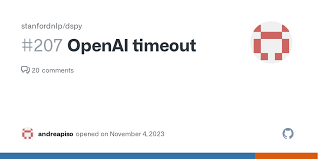Comprehensive Guide to Understanding and Using OpenAI API – Timeout, Usage, Fine-Tuning, Fees, and More
Welcome to this ultimate guide on OpenAI API. If you’ve ever wondered about how to best use the OpenAI API, understand its timeout parameters, monitor your usage, fine-tune models, and manage related fees, you’re in the right place. We’ll break down everything in simple terms to help you get the most out of this powerful tool.
OpenAI API is a powerful tool that allows developers to integrate advanced AI models into their applications. This guide will cover the different aspects of using the OpenAI API, including setting timeout parameters, monitoring usage via dashboards, fine-tuning capabilities, and understanding the associated costs.
By the end of this guide, you will have a comprehensive understanding of the key features and capabilities of the OpenAI API, helping you maximize its potential for your projects. Let’s dive in!
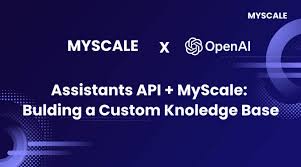
Understanding OpenAI API Timeout Parameters
The OpenAI API has timeout parameters that allow you to control how long you’re willing to wait for a response from the API. This can be particularly useful if you’re dealing with applications that require quick responses or have a need to manage server loads effectively.
To set the timeout, you can use a parameter in your API request code. For example, if you’re using Python, you can specify the timeout like this:
import openai
response = openai.Completion.create(
engine="davinci-codex",
prompt="Translate the following English text to French: '{}'",
max_tokens=60,
timeout=5
)
print(response)
In this example, the “timeout=5” ensures that the API call will wait for a maximum of 5 seconds before timing out. It’s crucial to balance between adequate wait time and performance needs.

Monitoring OpenAI API Usage
Monitoring OpenAI API usage ensures that you manage your costs effectively and identify any unusual patterns. OpenAI provides an usage dashboard where you can track your API calls, analyze usage history, and monitor usage statistics.
The usage dashboard typically includes:
- Total API calls: The number of API requests made over a particular period.
- Costs incurred: The total cost of the API usage so far.
- Quota limits: The usage limits you’ve set or those provided by your subscription plan.
- Usage trends: Identifies patterns in how the API is used over time, helping in performance tuning and cost management.
Regularly reviewing these metrics helps ensure efficient use of the API and aids in detecting any potential issues early.
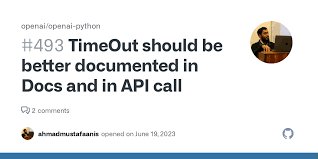
Fine-Tuning the OpenAI API
Fine-tuning is an advanced feature that allows you to adjust the OpenAI models based on specific needs. This is particularly useful for applications requiring specialized outputs based on your unique data sets.
Here’s a simplified version of the fine-tuning process:
- Prepare your data: Collect and format the data that you’ll use to fine-tune the model.
- Upload the dataset: Use the OpenAI CLI or API to upload your dataset to OpenAI’s servers.
- Fine-tune the model: Send a request to start the fine-tuning job using the uploaded dataset.
- Use the fine-tuned model: Once the fine-tuning process is complete, you can use the fine-tuned model just like any other model available via the API.
Here’s an example of how the code might look for initiating a fine-tuning job:
openai.FineTune.create(training_file="file-abc123",
model="davinci")
Fine-tuning can significantly enhance the model’s performance on tasks specific to your dataset, making it more accurate and reliable.
[插图:Fine-tuning process]
Understanding OpenAI API Fees
OpenAI API fees are based on usage, meaning the more you use the API, the more you pay. Here’s a breakdown of what to expect:
- Per-token charges: Each API call’s cost is based on the number of tokens processed. A token can be as short as one character or as long as one word (e.g., ‘chat’ counts as one token).
- Fine-tuning costs: Fine-tuning a model incurs separate costs from regular API usage. You’ll be charged for the computational resources and storage space used during fine-tuning.
It’s wise to keep an eye on your usage statistics and cost metrics via the usage dashboard to avoid unexpected expenses. For detailed pricing, you should refer to OpenAI’s official pricing page.

Practical Tips for Using OpenAI API
Here are a few practical tips to help you get the most out of the OpenAI API:
- Start small: Begin with smaller API calls to understand the response patterns and then scale up as needed.
- Use caching: Cache frequent queries to save on API expenses.
- Experiment with different models: Different models have different strengths; use the one that best fits your need.
- Monitor costs: Regularly check the usage dashboard to manage and optimize costs.
- Fine-tune responsibly: Only fine-tune when necessary, as it incurs additional costs.
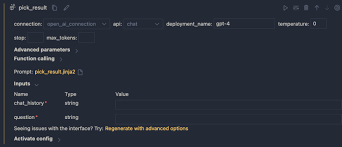
Common Questions About OpenAI API
Here are some commonly asked questions about the OpenAI API:
Q1: How do I handle timeouts in the OpenAI API?
A: Specify the timeout parameter in your API request. For example, usingtimeout=5sets the timeout limit to 5 seconds.
Q2: What does it cost to use the OpenAI API?
A: Costs are based on the number of tokens processed. You can monitor and manage these costs through the usage dashboard.
Q3: What is fine-tuning?
A: Fine-tuning allows you to adjust OpenAI models to meet specific needs by training them on your unique data sets, enhancing their performance.
Q4: How can I monitor my API usage?
A: Use the usage dashboard provided by OpenAI to track your API calls, usage statistics, and costs.
Q5: Is there a limit to how much I can use the OpenAI API?
A: Yes, usage limits are set based on your subscription plan. You can also set custom usage limits to stay within budget.
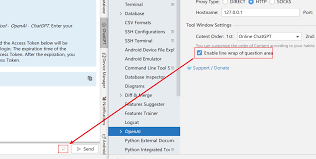
Wrapping Up
In this guide, we’ve explored the key features of the OpenAI API including setting timeout parameters, monitoring usage, fine-tuning models, and understanding the associated costs. Using these insights, you can better manage your API use, making it a valuable asset for your projects.
Remember, the OpenAI API is a powerful tool that requires mindful management to maximize its potential while keeping costs in check. Happy coding!
